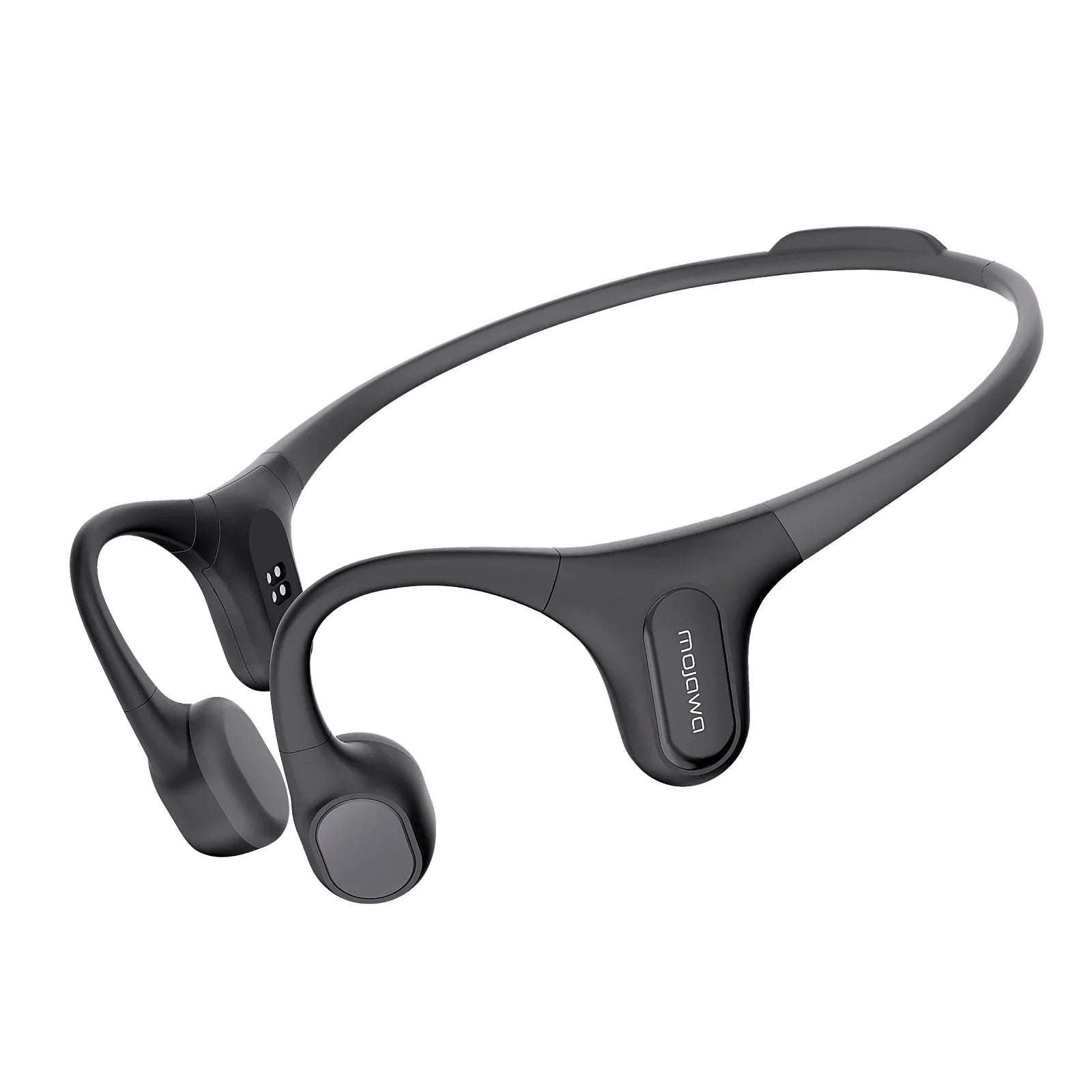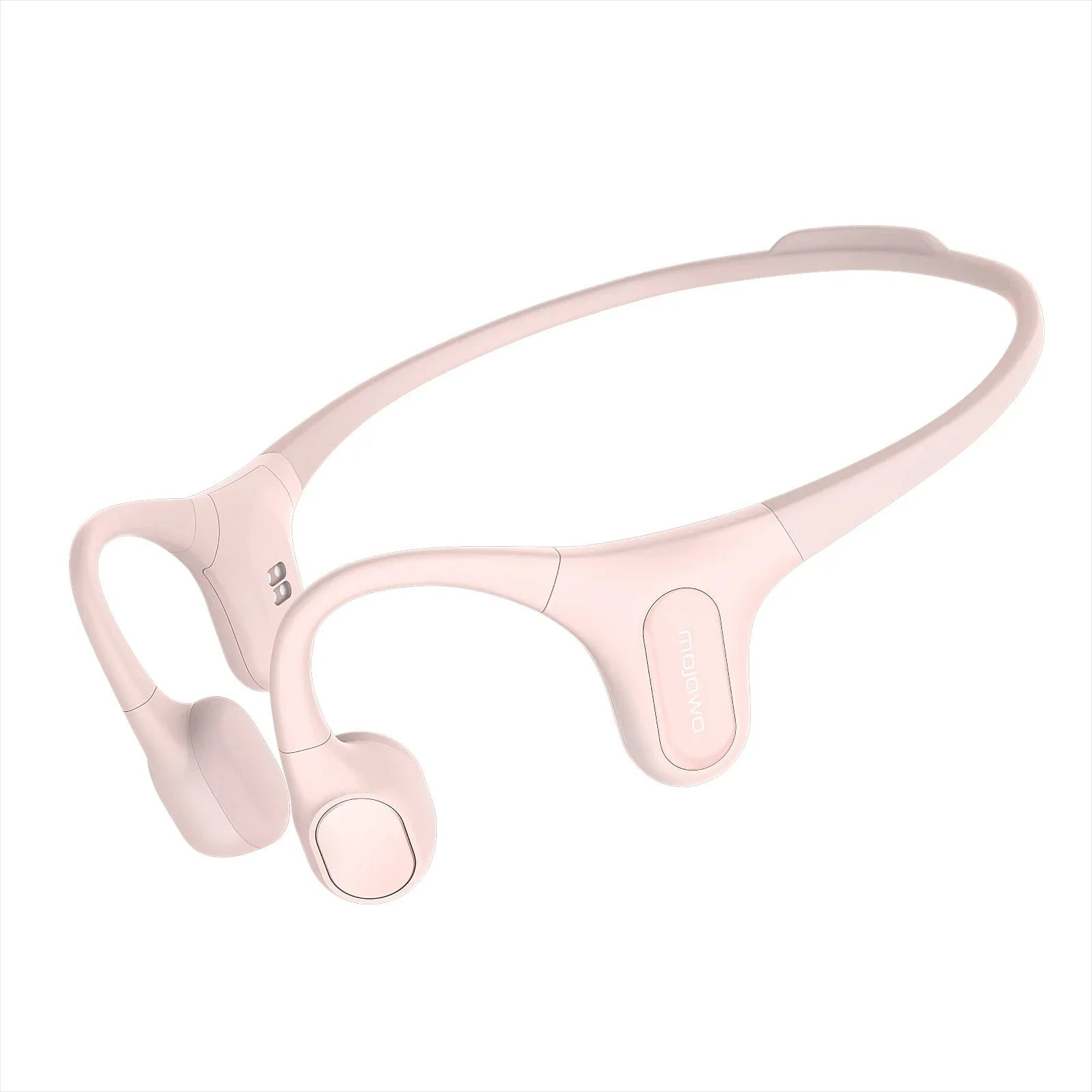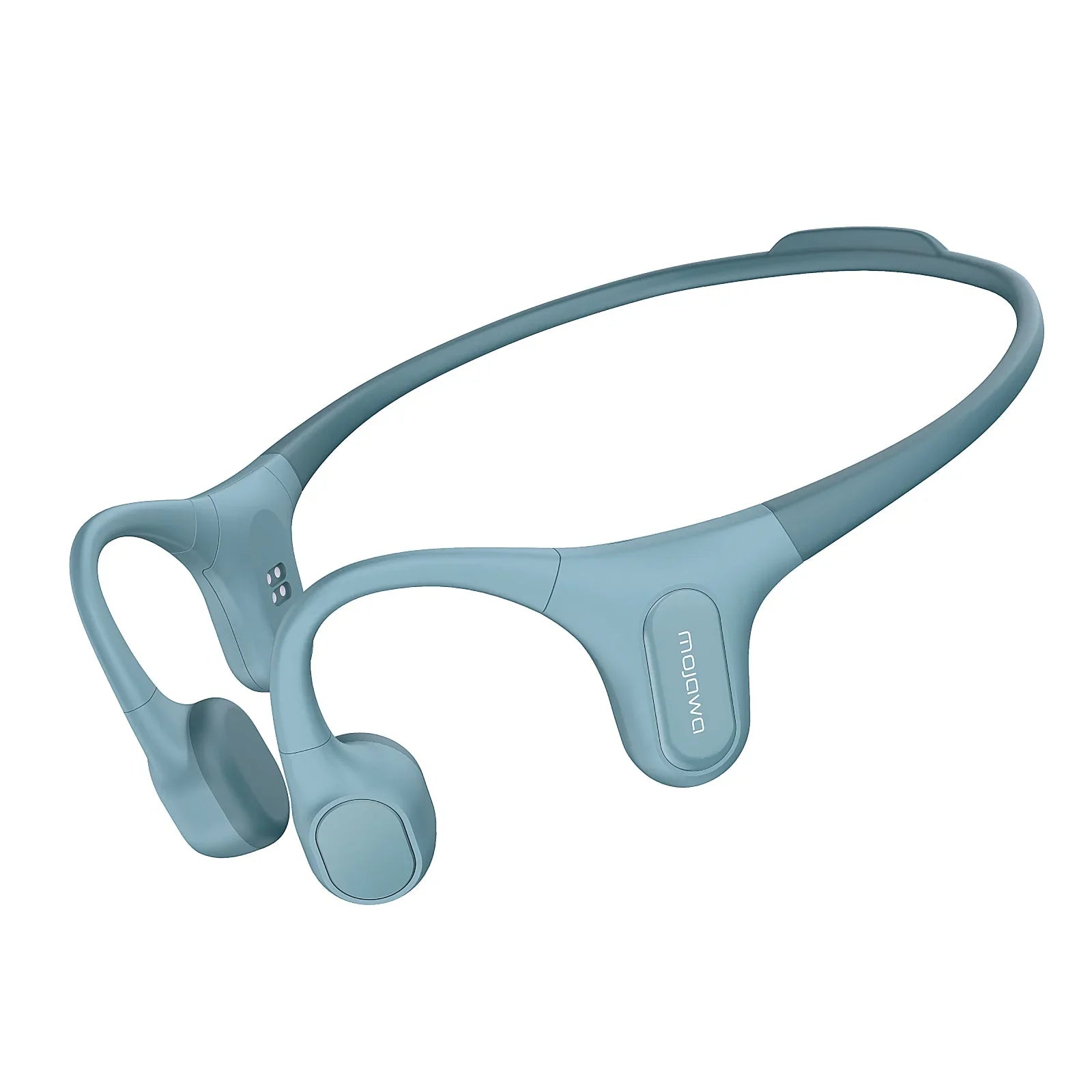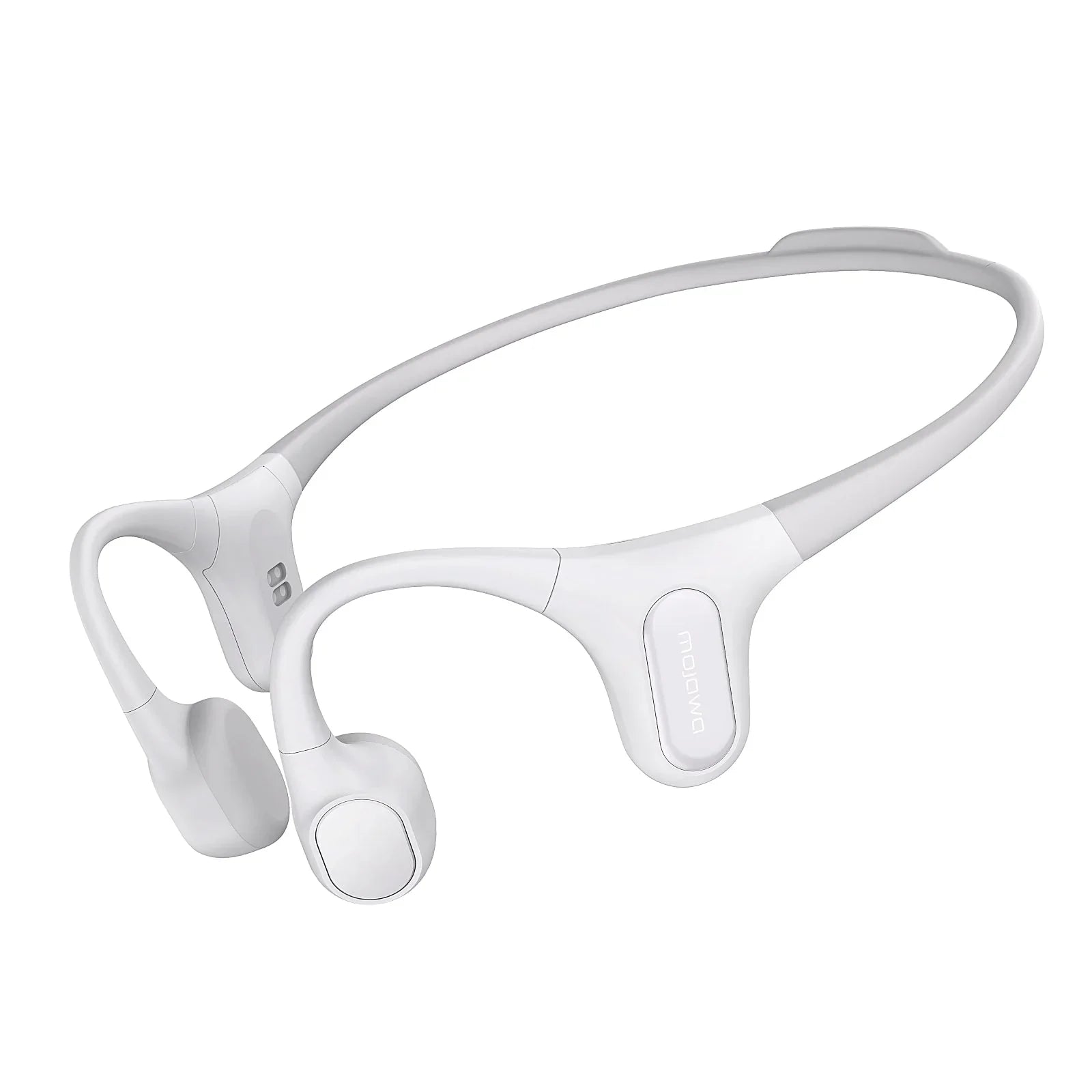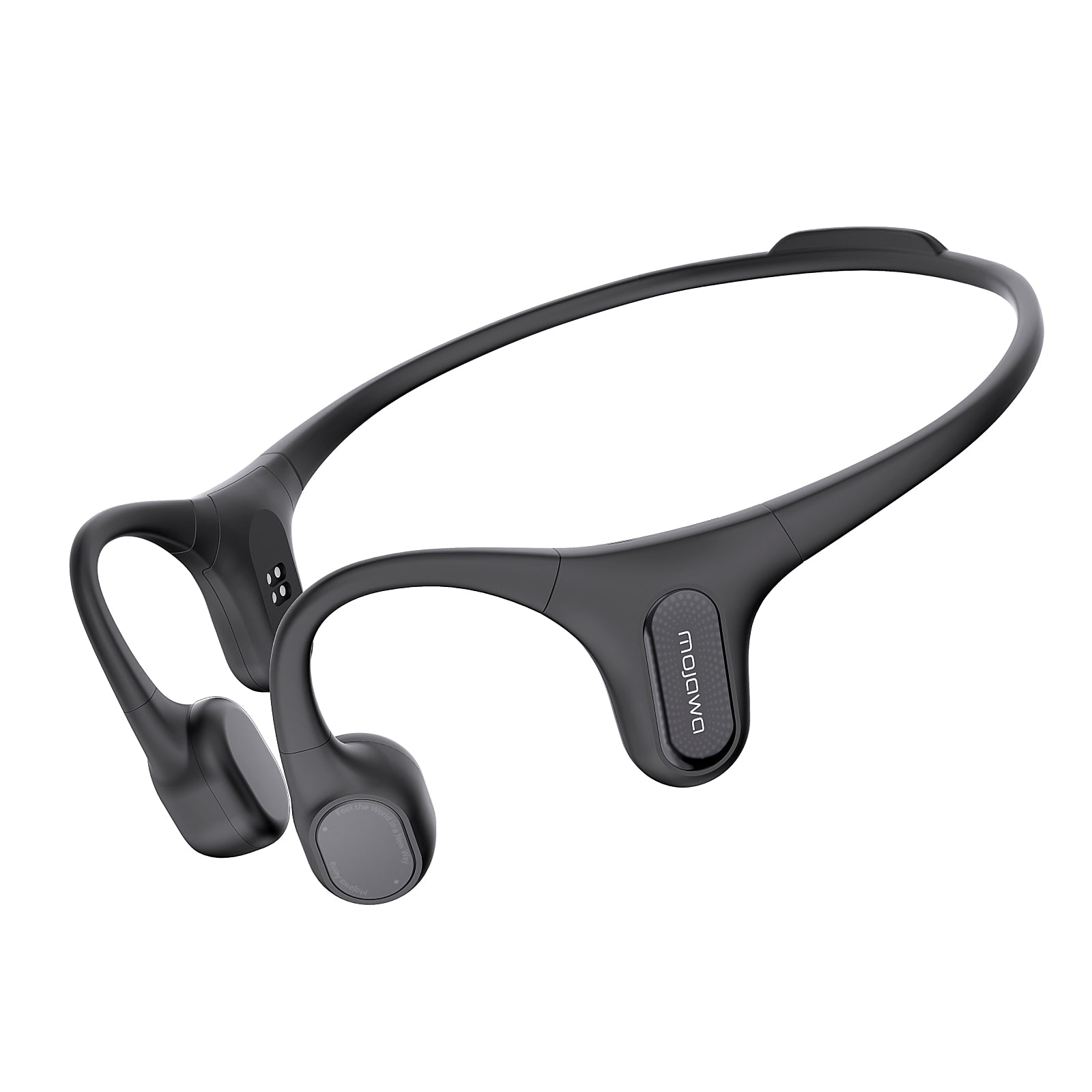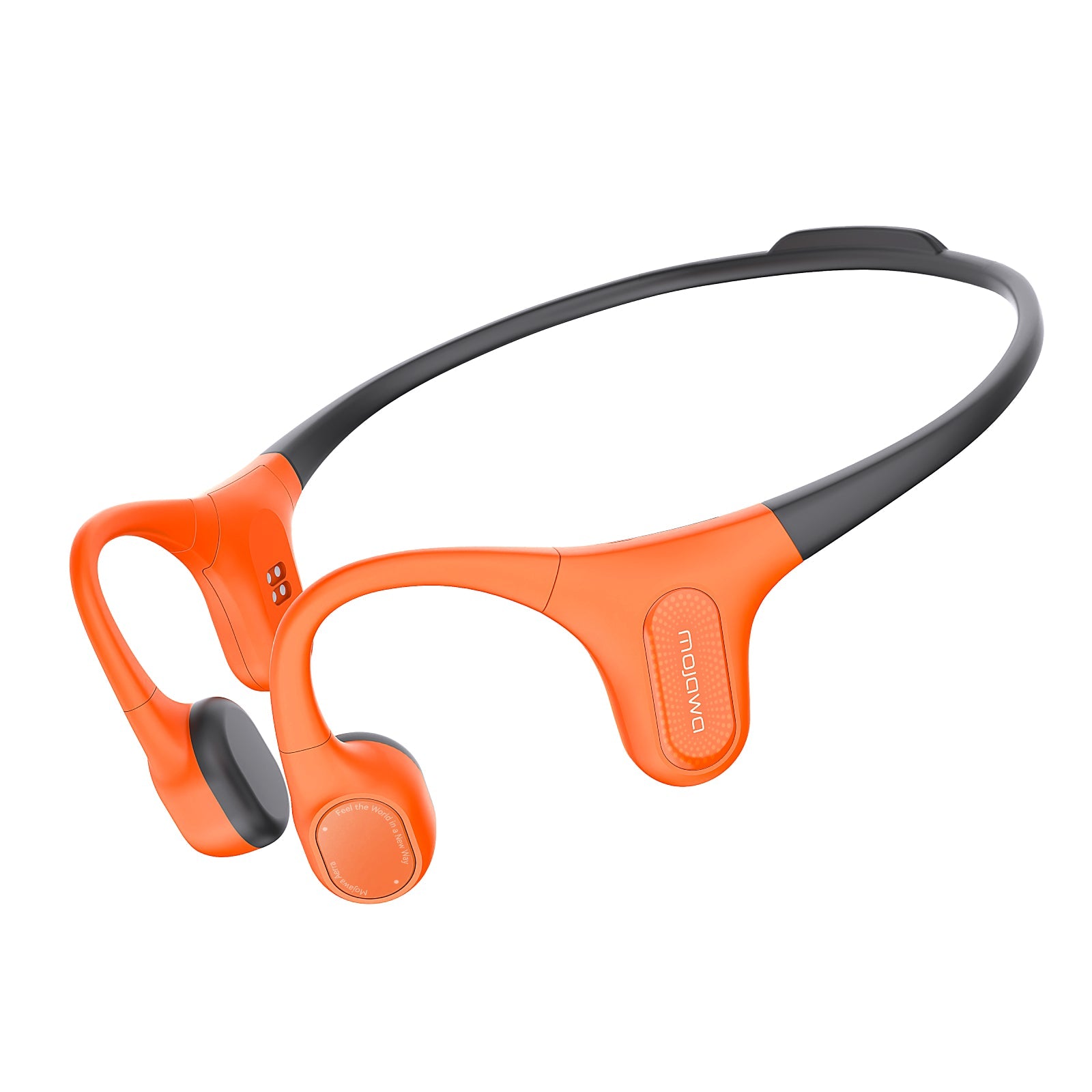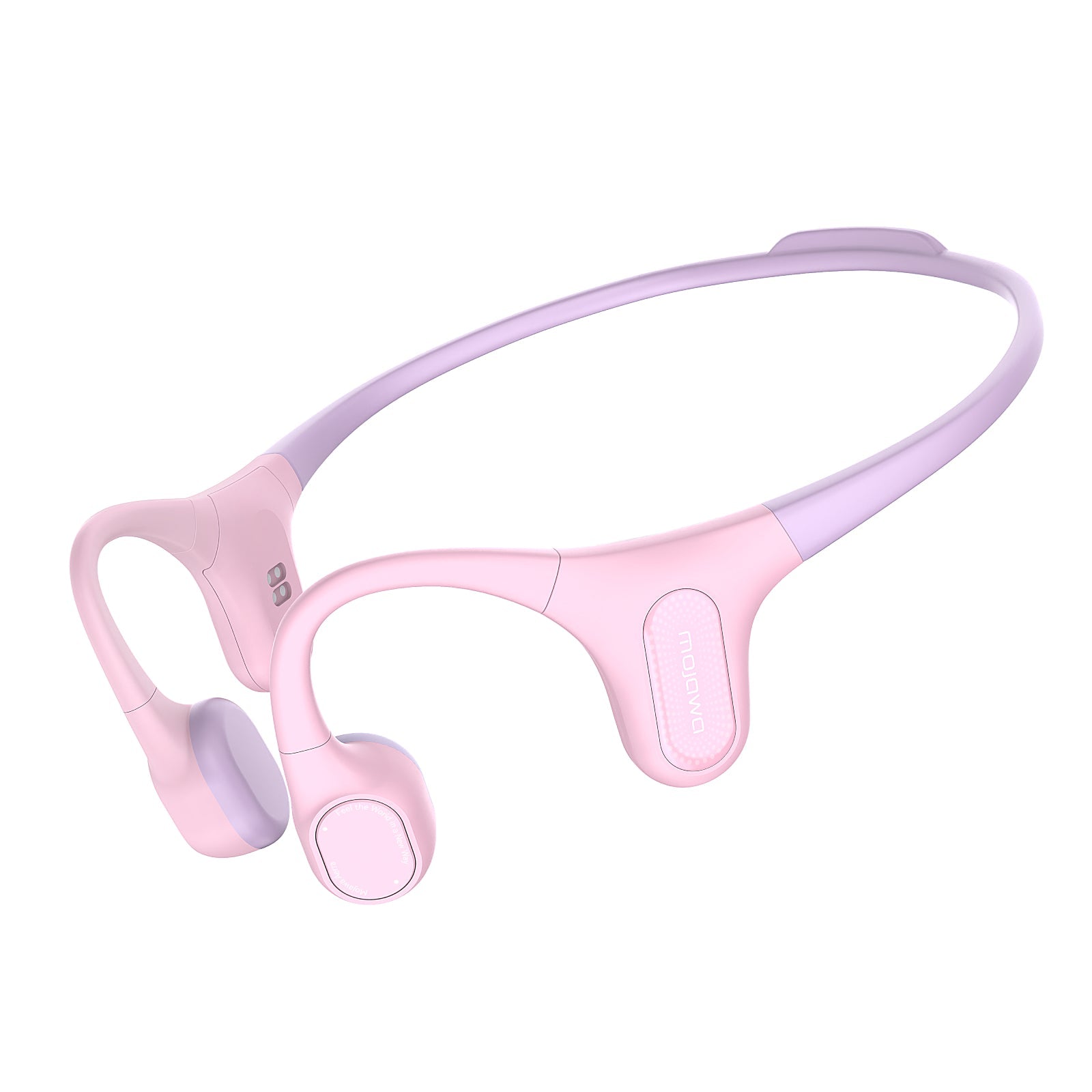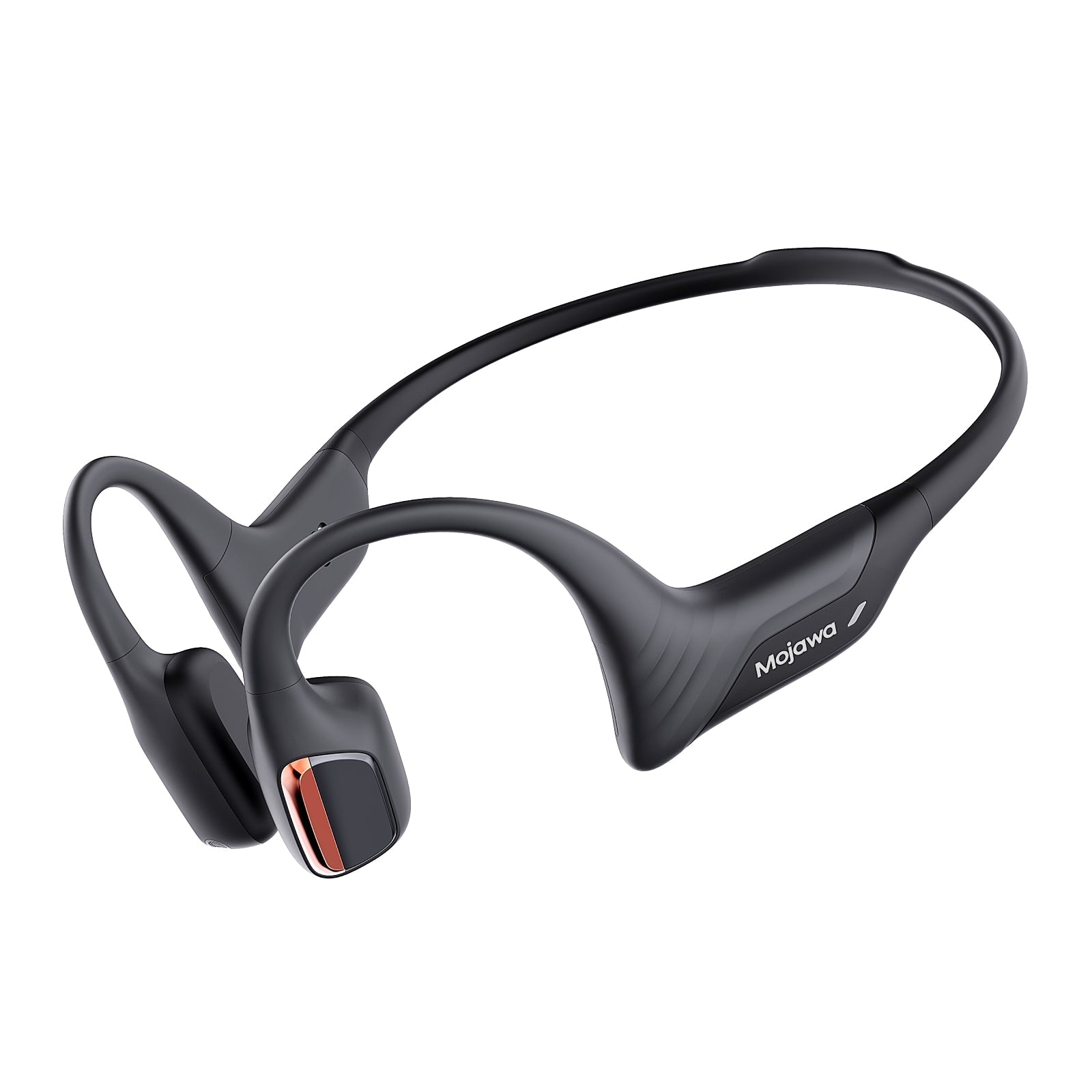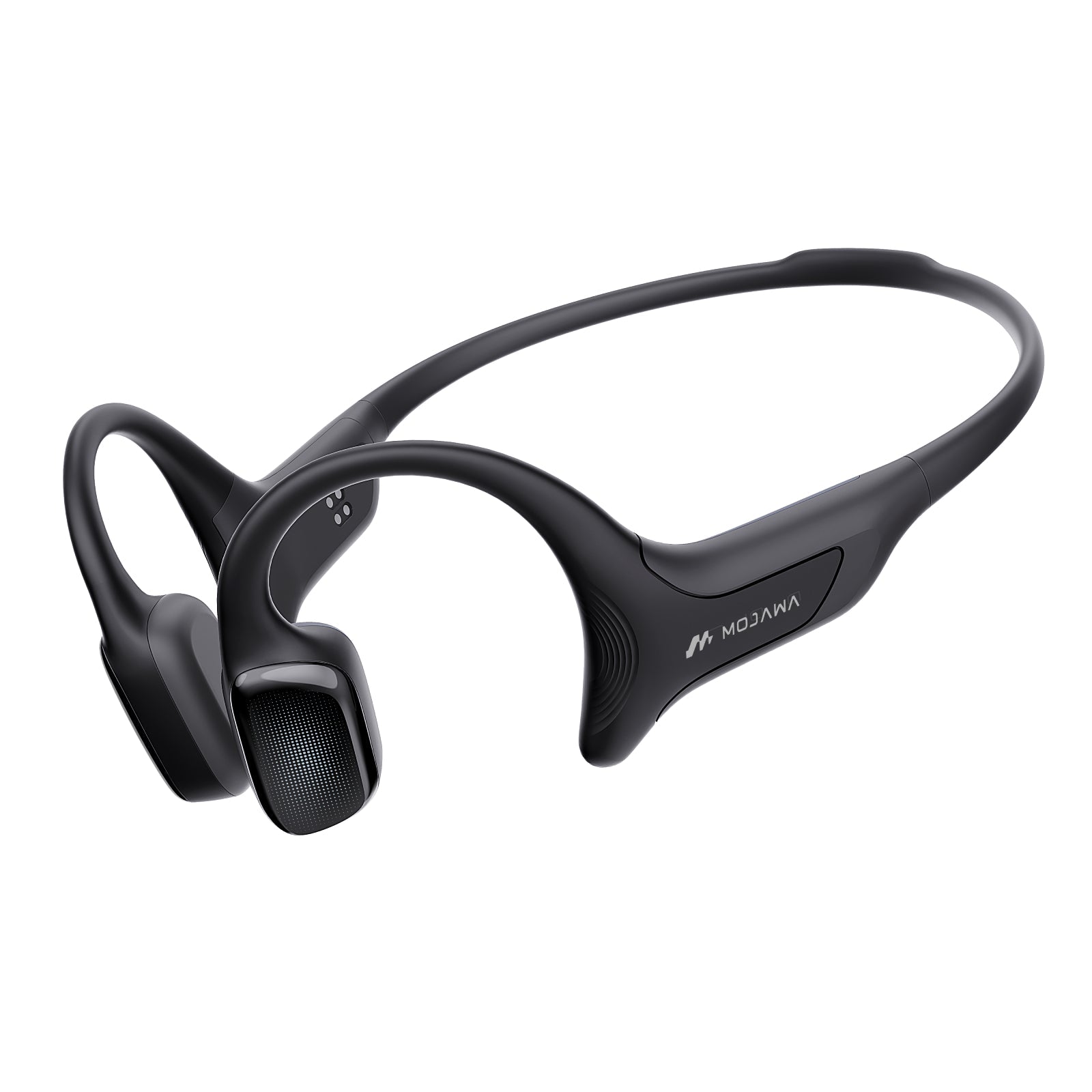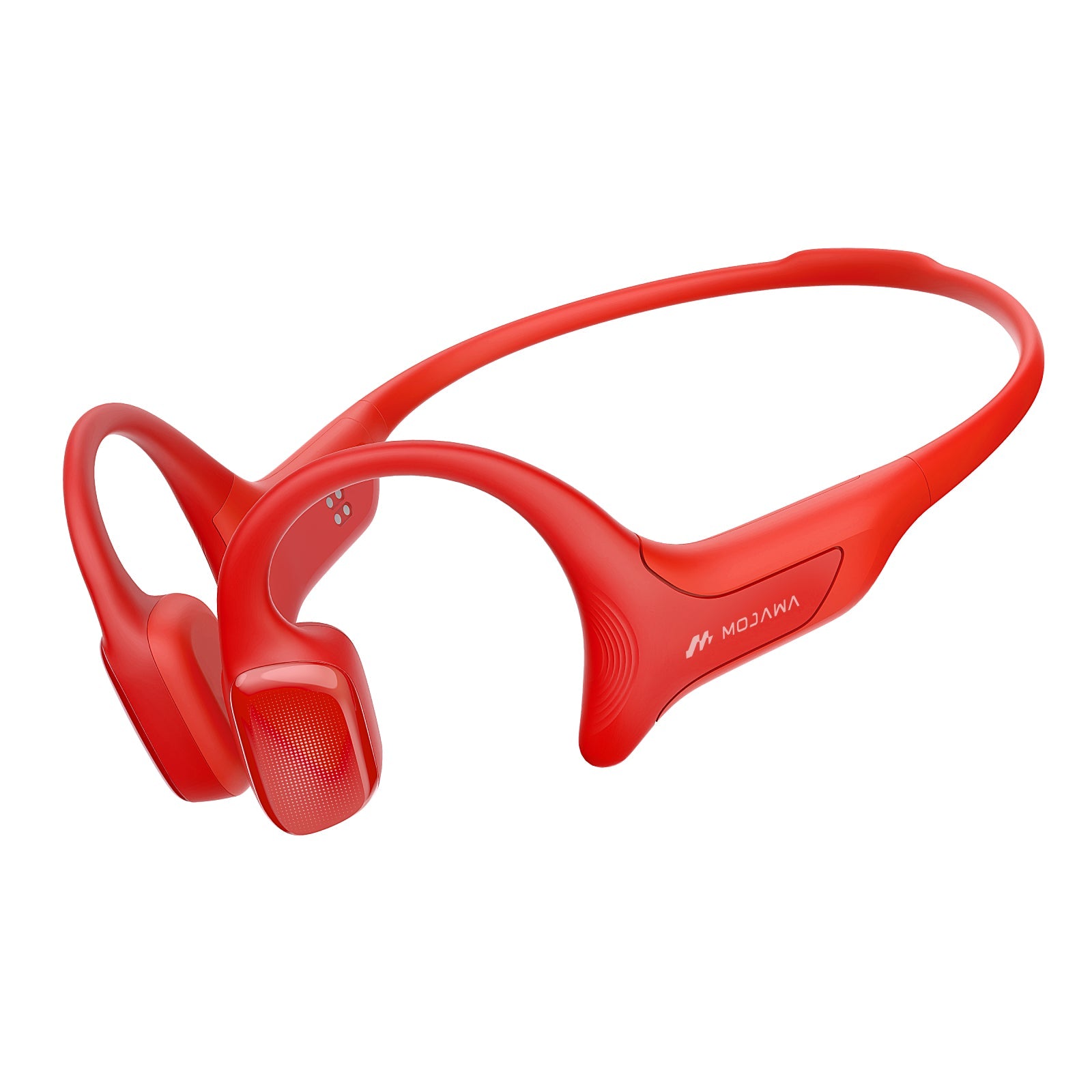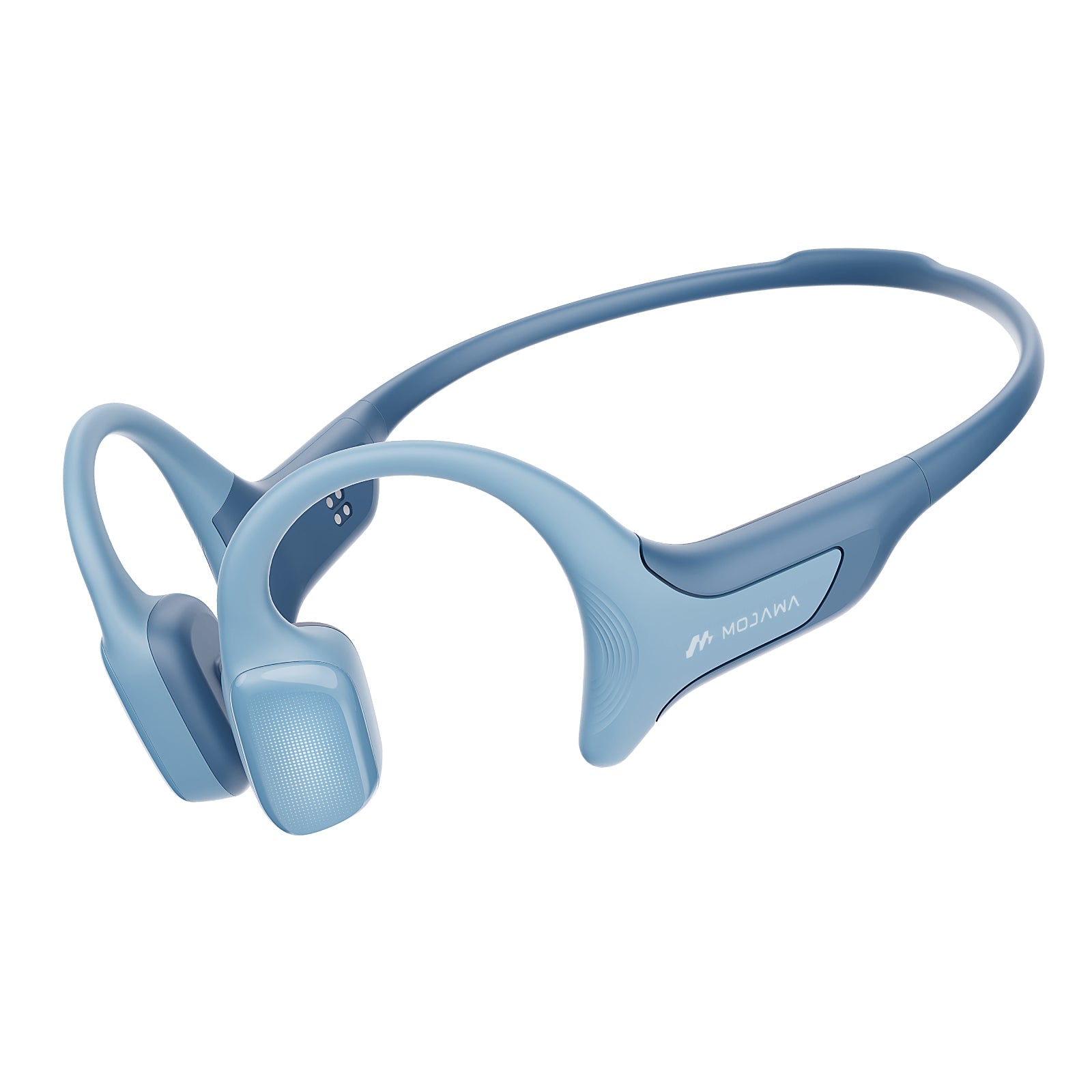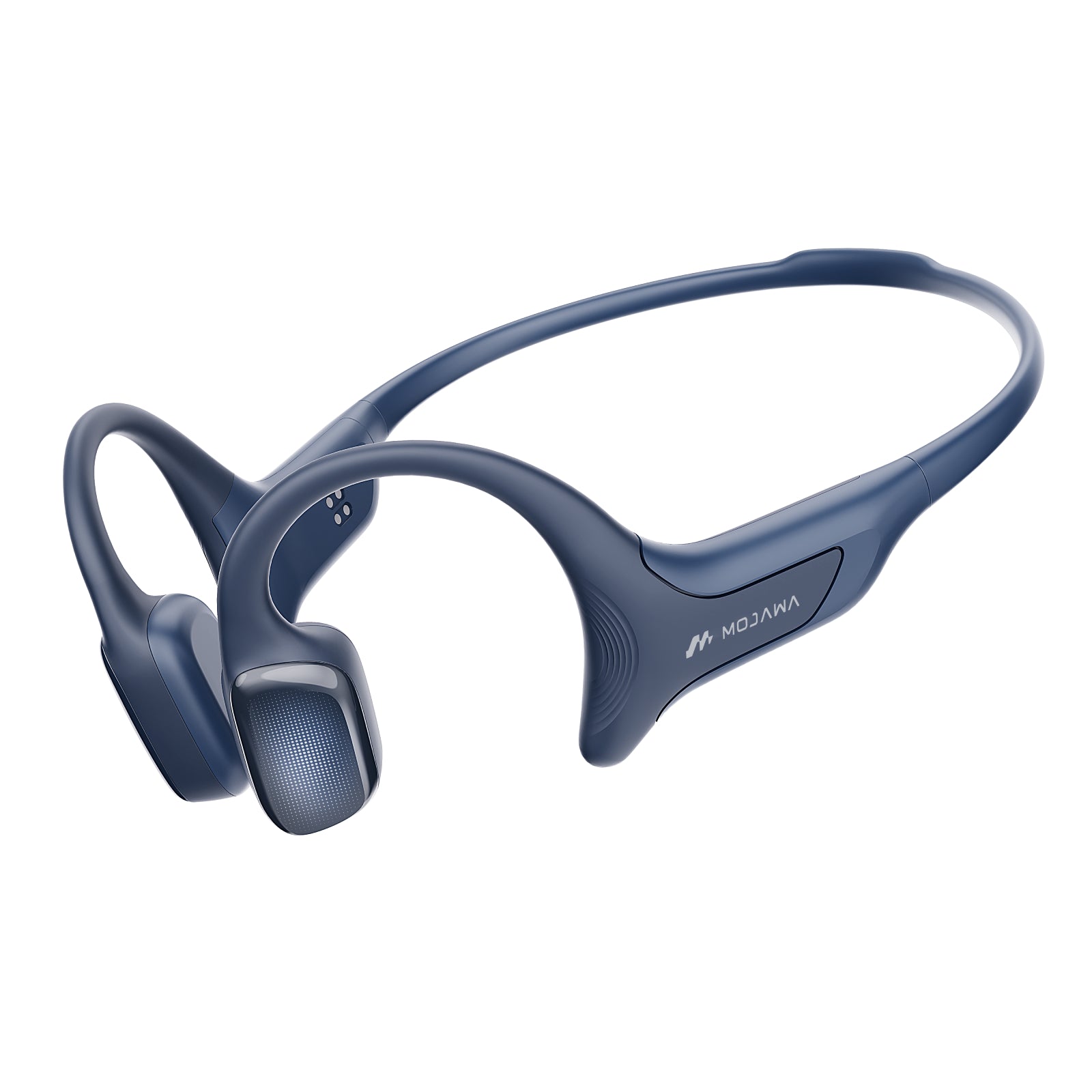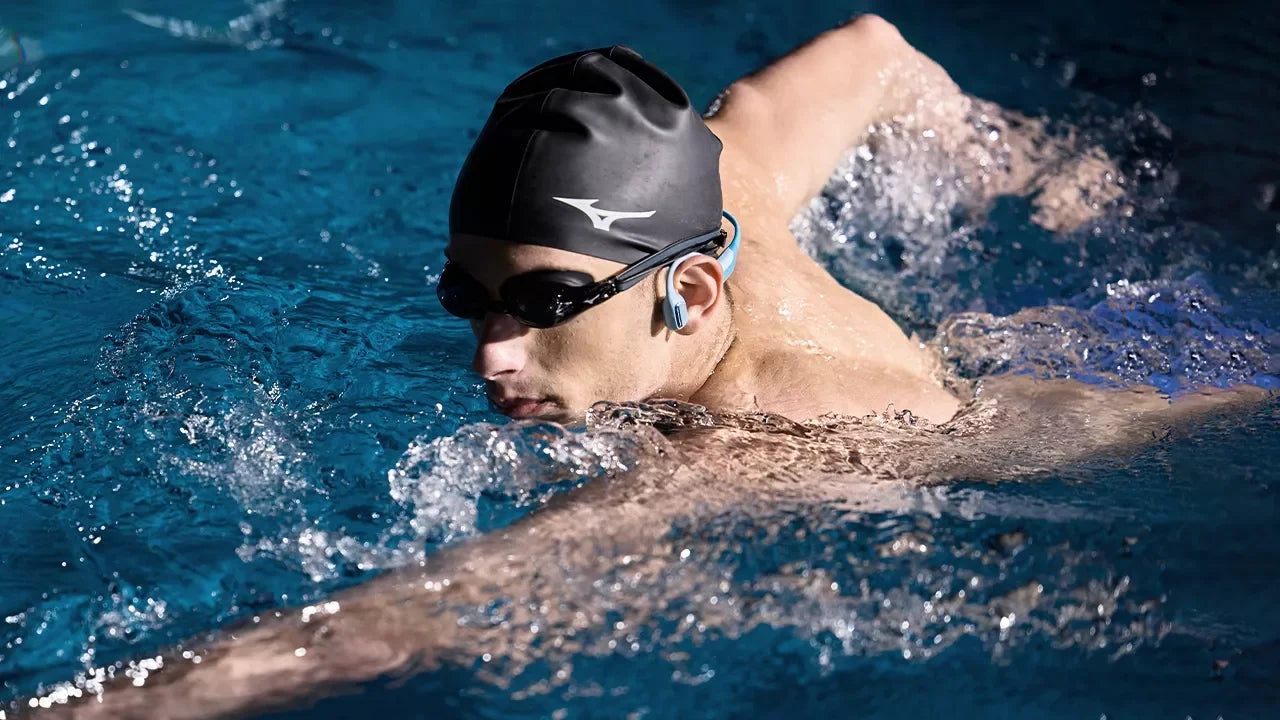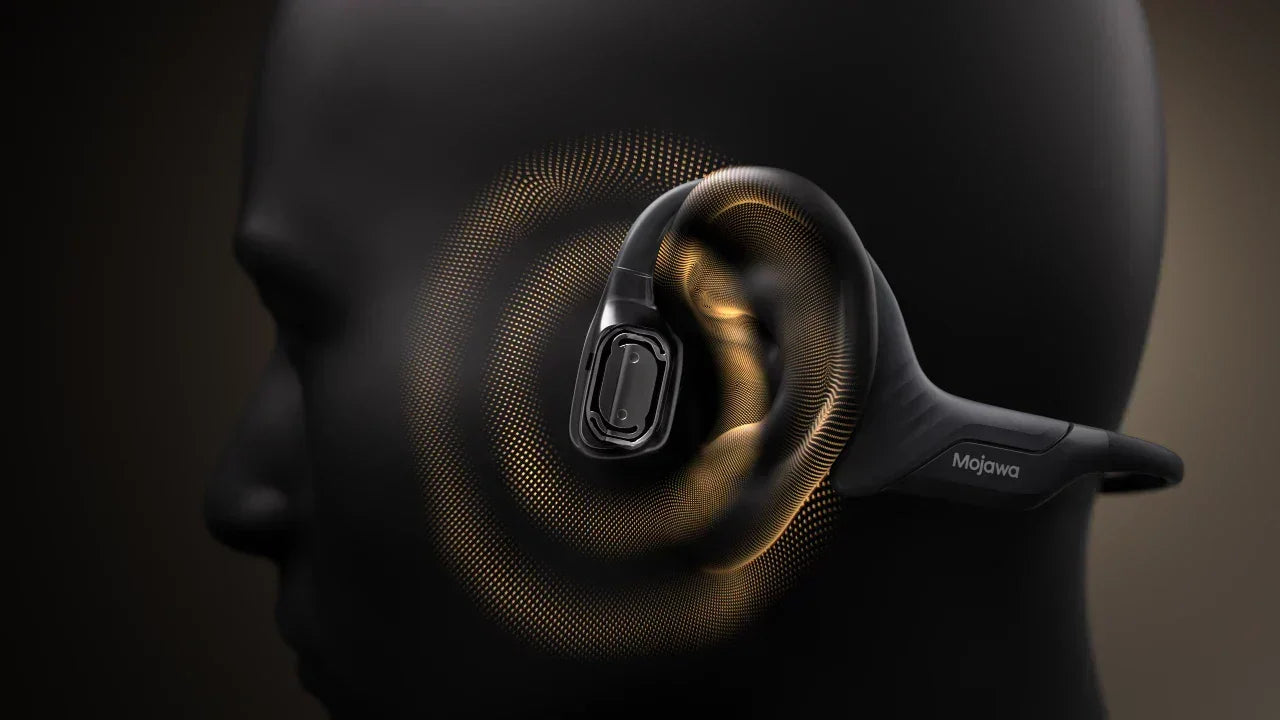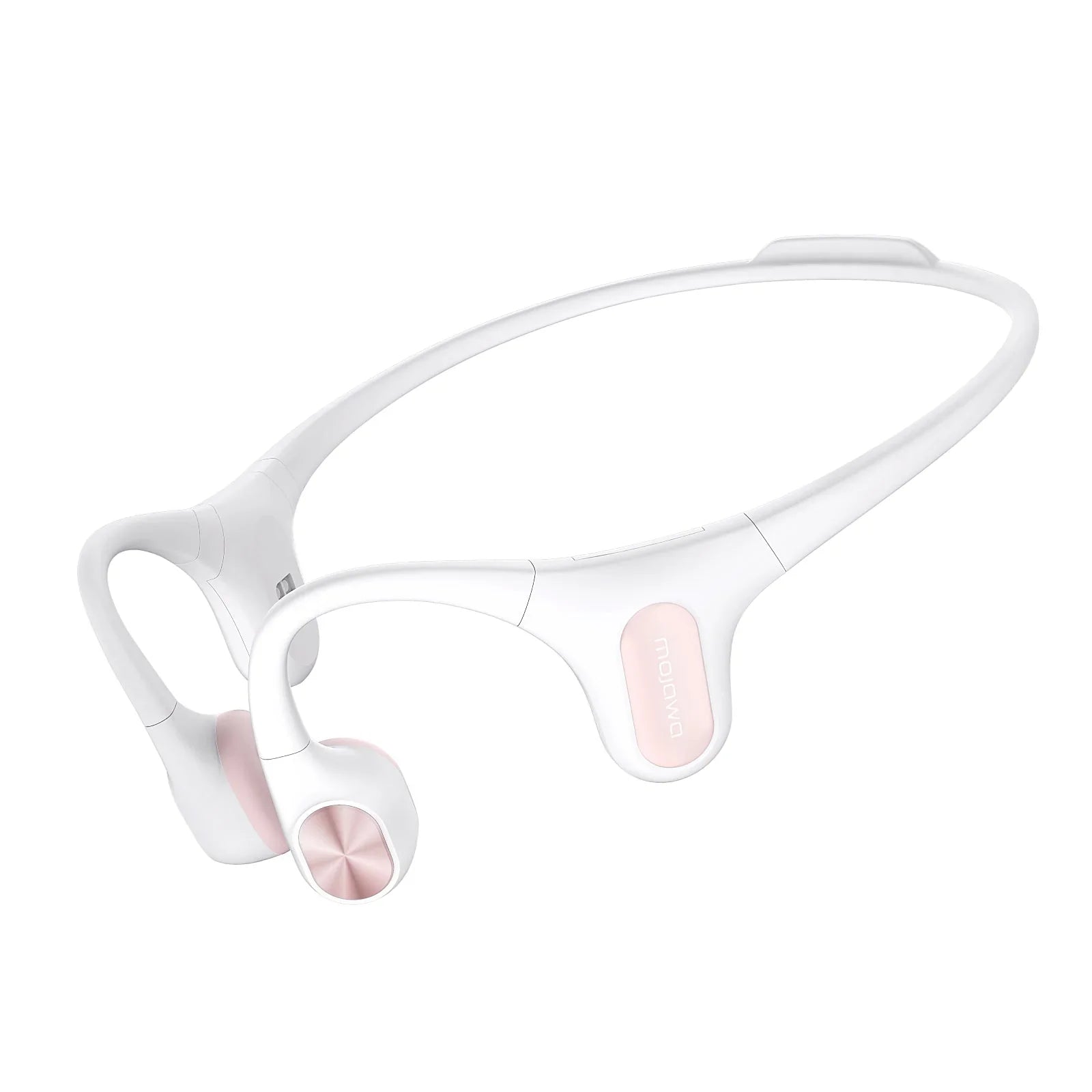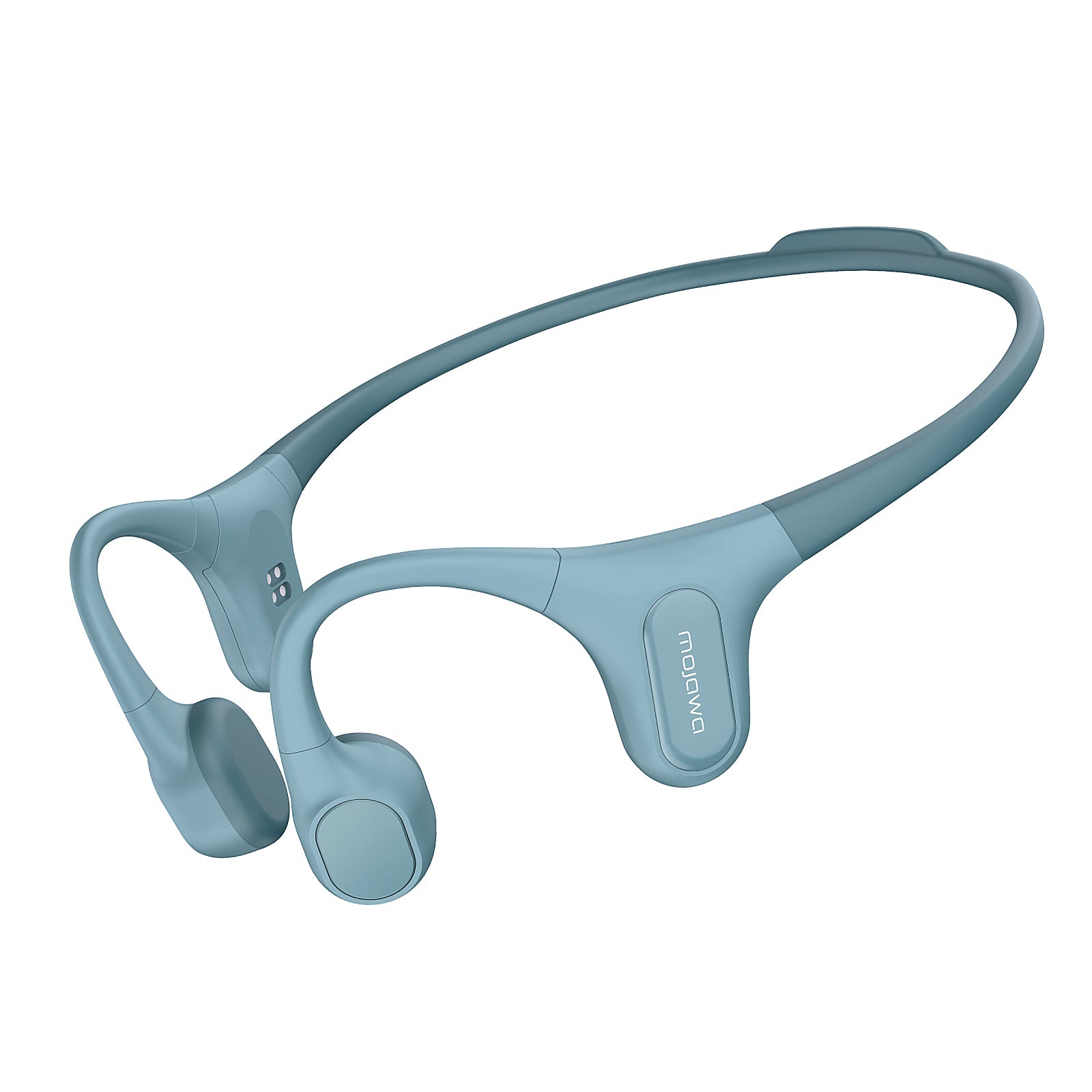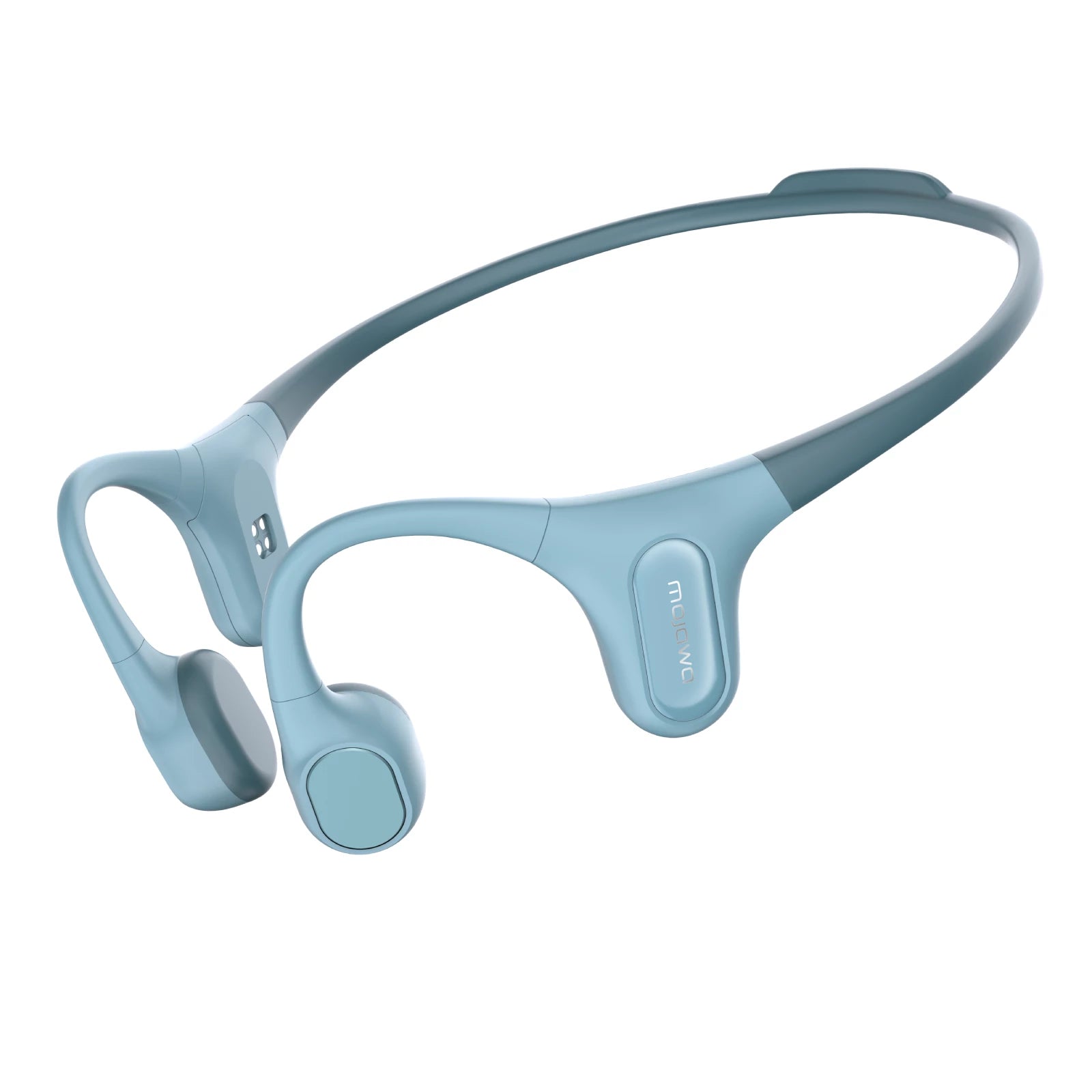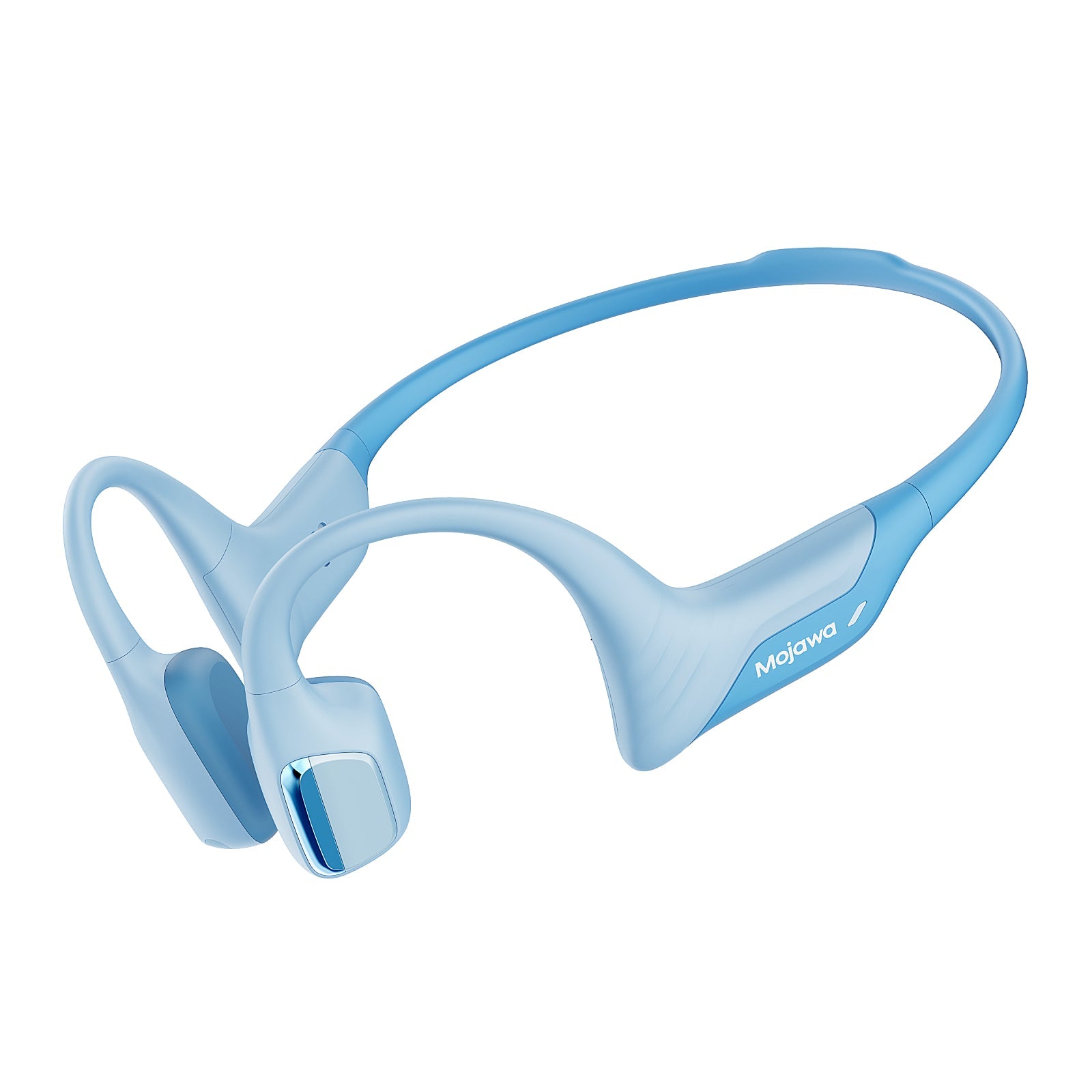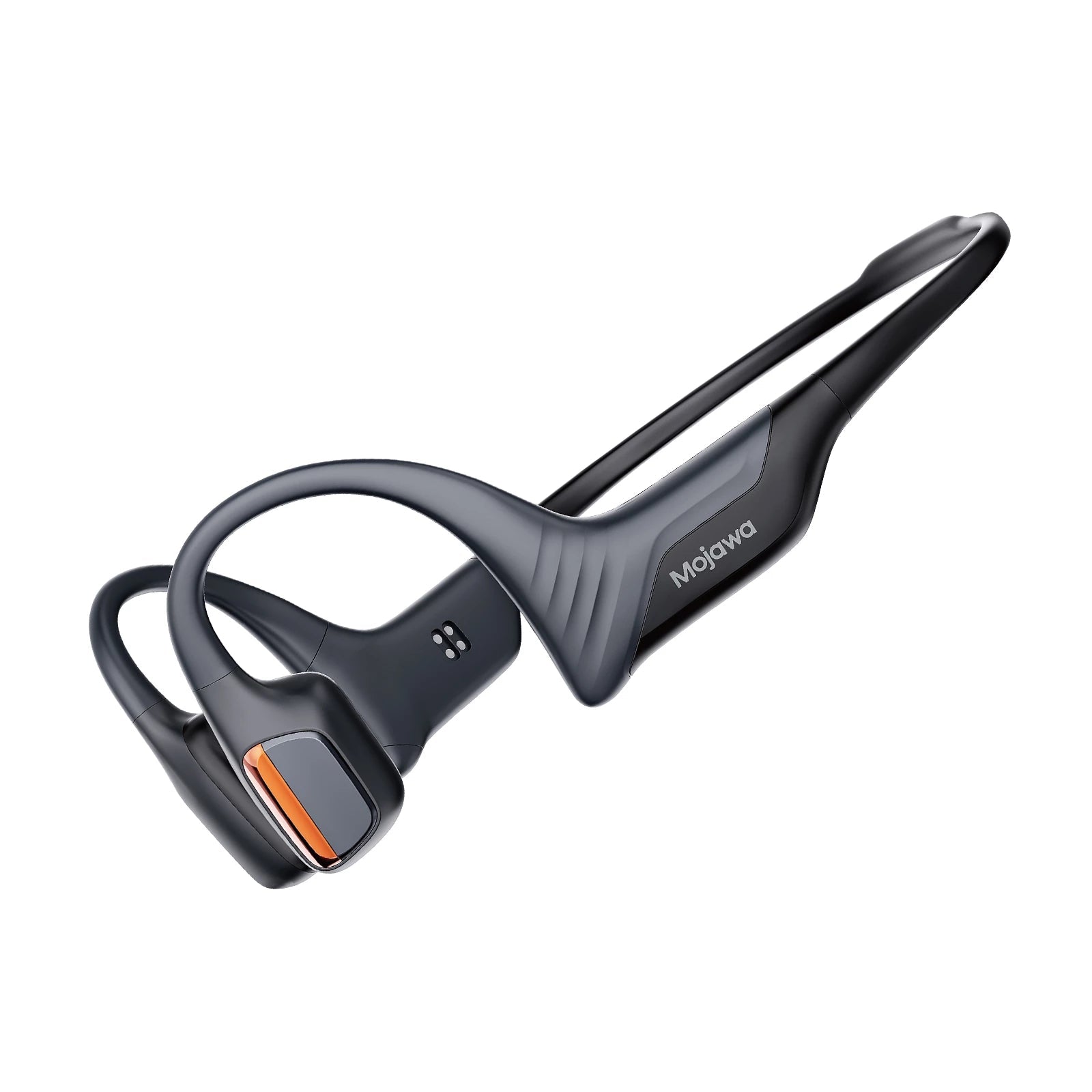Navigation
- Introduction
- Benefits of Listening to Music While Swimming
- So, Is There a Way to Listen to Music While Swimming?
- Benefits of Bone Conduction Headphones in the Pool
- 3 Safety Measures in the Pool
- Conclusion
Introduction
There's no denying the allure of combining the rhythmic tranquility of swimming with the uplifting harmony of music. With the advent of bone conduction headphones, this previously unimaginable combination has become a reality. But how does it work, and is it beneficial? Let's dive into the details.

Benefits of Listening to Music While Swimming
- Enhanced Enjoyment: Music can make the swimming experience more enjoyable, turning your workout into something you look forward to.
- Motivation Boost: Fast-paced music can motivate you to swim faster and improve your performance.
- Relaxation: On the flip side, slower, calming music can help you relax, turning your swim into a meditative experience.
So, Is There a Way to Listen to Music While Swimming?
Yes, listening to music while swimming can be achieved with the help of waterproof or water-resistant audio devices, among which one type stands out in delivering a superior audio experience, particularly for swimming – the bone conduction headphones.
- Waterproof MP3 Players: While these devices are designed for use in water and offer a compact design that clips onto swimwear, they often rely on traditional wired earbuds.
- Waterproof Cases: Using a waterproof case to protect your standard MP3 players or smartphones from water damage is an option. But, dealing with cords and cases while you are trying to focus on your strokes can be a bit cumbersome.
- Swim Caps with Built-In Headphones: Swim caps with built-in headphones offer a solution for underwater listening. However, they might not fit everyone comfortably and can cause issues with audio quality.
- Waterproof Bone Conduction Headphones: Taking the center stage are bone conduction headphones. They work by transmitting sound through your skull, bypassing the eardrums entirely. This groundbreaking technology is perfect for swimming as it allows you to listen to music while still being aware of your surroundings. More and more swimmers are now turning to waterproof bone conduction headphones for their aquatic adventures.
One weekend, I decided to go for a swim session at the nearby municipal pool. Since I've recently researched bone conduction headphones, I brought along my new Mojawa Run Plus to try it out.
After setting up the music at the poolside, I entered the pool and started to practice. Due to the noisy environment of the pool and the volume-conducting nature of the Bone Conduction Headphones, it was difficult for other swimmers to hear the music even if I set the volume to a comfortable range.
After I finished my training, I checked the volume setting and found that it was kept in a medium and safe range, without affecting others at all. This proves that it is not easy to play music out of the bone conduction headset itself under normal use conditions.
Overall, I have learnt that I don't need to worry too much about affecting others when using bone conduction headphones in public, but mainly for my own enjoyment of music. The design of the headset reduces the volume significantly and it is difficult to disturb the people around me.
Benefits of Bone Conduction Headphones in the Pool
When it comes to swimming, the unique design of bone conduction headphones offers a wealth of advantages over traditional headphones:
- Waterproof Design: Many bone conduction headphones come with a waterproof rating, like IP68, making them suitable for swimming. Equipped with Mojawa Run Plus, you can submerge 2 meters deep and have so much fun with water and music.
- Secure Fit: Bone conduction headphones offer a secure fit, wrapping around the back of your head and resting on your cheekbones. This design ensures they stay put, even during vigorous swimming strokes.
- Audio Clarity: While underwater audio quality can vary, bone conduction headphones often deliver a clear enough sound for enjoyable music listening or catching up on podcasts during your swim.
- Inner Storage: Higher storage capacity is essential when you swim, for Bluetooth connectivity can be spotty underwater. Aim for storage as ample as 32GB, which allows you to store high-quality audio files for underwater entertainment.
- Open-Ear Safety: The open-ear design allows you to hear your surroundings for safety, which is crucial when swimming in public areas.
A study published in the Journal of Acoustics pointed out that they conducted a trial with 20 adult users and found that after 30 minutes of playing 80dB music with bone conduction headphones, the temporary decline in hearing was only minimal, half that of traditional earplugs; under the same conditions, earplugs would have resulted in significant short-term hearing loss. This indicates that bone conduction technology has a clear advantage in preventing hearing damage.
3 Safety Measures in the Pool
Despite the fantastic benefits, safety should always be a top priority when using bone conduction headphones for swimming:
- Understand the Limitations: Ensure you're aware of your headphones' waterproof rating. For instance, a rating of IPX8 allows submersion in water over 1 meter deep, but it's always essential to check the manufacturer's specifications.
- Keep the Volume Moderate: Just as with any other headphones, keep the volume at a safe level to protect your hearing. Bone conduction headphones don't typically reach as high volumes as traditional headphones, offering an extra layer of hearing protection.
- Be Mindful of Others: If you're swimming in a public pool or open water with others around, be aware of your surroundings and others' safety.
During rescue training in a fast-flowing swimming area, the water noise generated by the strong energy of the surrounding currents is so loud that even with IP68 waterproof headphones, the sound is difficult to be clearly conveyed. But for general swimmers, diving enthusiasts, bone conduction headphones can still play a good music function.
Conclusion
In conclusion, with bone conduction headphones, you can indeed listen to music while swimming. Not only do they offer an immersive audio experience, but they also provide a safe, comfortable, and enjoyable way to pair your swim with your favorite tunes. So why not take the plunge and add a new dimension to your swim? With bone conduction headphones, the sound of music is never out of reach - even underwater.


